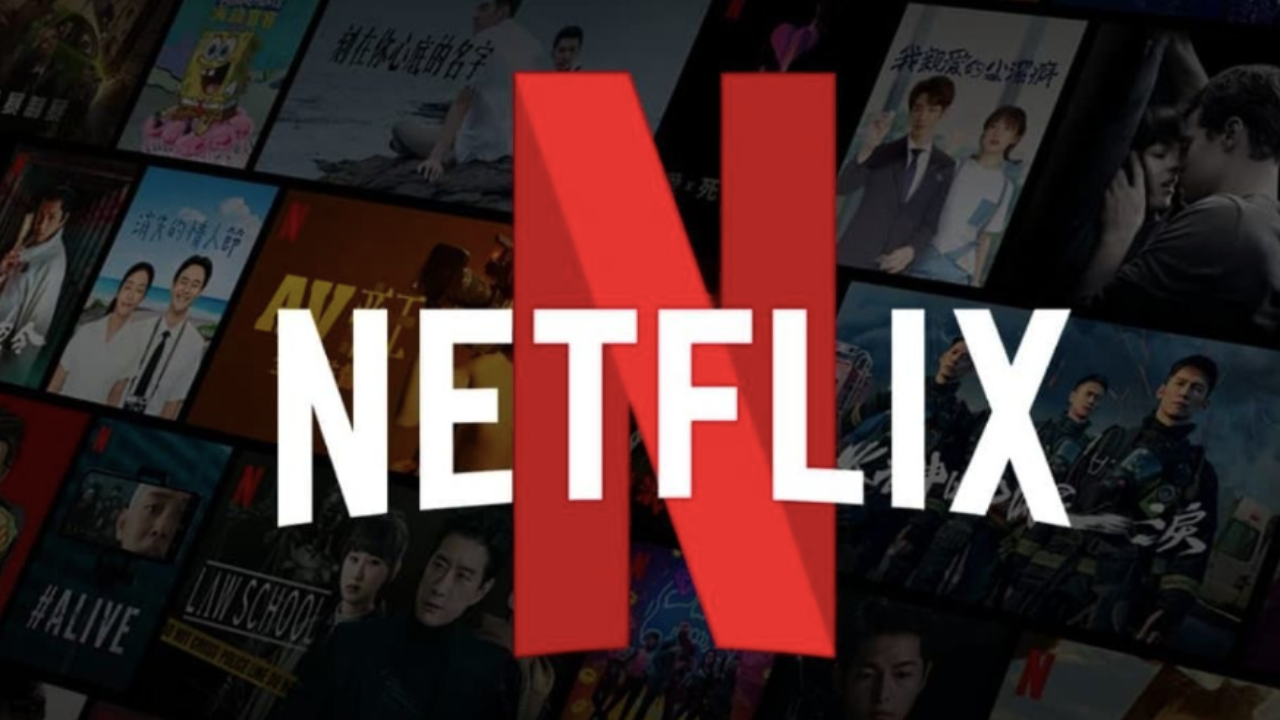As the world engrosses in the digital era, India is at the forefront of creating new content for the audiences. The technology for streaming such content has been constantly evolving and the next big evolution seems to be in tow. India is now testing a revolutionary technology called Direct-to-Mobile (D2M). What is it and how can it be beneficial for the consumers? Let’s have a look.
What is Direct-to-Mobile (D2M) Technology?
D2M is a broadcasting technology that can transmit multimedia content to consumers’ smartphones without requiring an active internet connection. The same mechanism is already in use for emergency broadcasts of government notifications. It uses existing land-based communication systems and special frequencies assigned to public broadcasters to send video, audio, and data signals straight to mobile phones and smart devices that can handle them.
D2M technology has been developed by Saankhya Labs in India, a wireless communication and semiconductor solutions company owned by Tejas Networks, and IIT Kanpur. The technology is at a mature stage as of now and after doing some lab trials in various cities, it can be launched for the masses by next year, according to Abhay Karandikar, secretary of the Department of Science and Technology (DST). Officials further added that the pilot would be done using Prasar Bharti’s infrastructure. For those unaware, Prasar Bharti is the Public Service Broadcaster of the country.
Where will the tests be held?
Information and broadcasting secretary Apurva Chandra said that talks of a pilot D2M broadcasting project have commenced “across 19 cities using the digital terrestrial transmission network of Prasar Bharati.” Chandra added that the entire spectrum from 472 MHz till 582 MHz should be reserved for D2M technology. At this point, a part of this spectrum is reserved for mobility use.
Read More: Samsung Galaxy A54 5G, Galaxy A34 5G Prices Dropped: Check Offer Details
Advantages & Drawbacks of D2M
D2M technology has many advantages over the standard internet-based streaming services. First, it does not depend on the availability and quality of the internet connection, which can be poor and expensive in many parts of the country. Current streaming technology relies solely on the quality of the internet connection you have.
Second, it does not consume any data from the user’s data plan, which can save a lot of money and avoid data exhaustion. With 5G expansion to the whole nation coming to an end, the prices for prepaid and postpaid plans from Jio and Airtel are likely set to increase which would further be an inconvenience for many.
Third, it can offer high-quality video and audio streaming without any buffering or Latency issues, which is a potential issue for many as of now. Fourth, it can provide real-time and on-demand content and interactive services, such as emergency alerts, disaster management, e-learning, e-health, e-governance, etc.
In fact, the government sees significant potential in D2M, given the country’s 80 crore smartphones, expected to rise to 100 crore, compared to only about 20 crore TV homes.
As for the drawbacks, there are some of those too. Most of the existing smartphones do not support D2M technology and need a separate baseband processing unit. The smartphone industry has shown concern that adoption of the technology and then making it mandatory for devices to offer support to D2M broadcasting will increase the cost of devices by $30 (approx Rs 2,500) at least. On the other hand, Saankhya Labs MD and CEO Parag Naik, addressed the concern and asserted that the Chipset cost can be around Rs 120 to Rs 200 if sufficient volumes of chipset are supplied.
Another challenge is the opposition from the telecom operators and smartphone manufacturers in India, who fear that D2M technology will affect their revenues, market share and have an opinion that the technology is still immature. They have raised concerns over the level playing field, spectrum allocation, network integration, and regulatory and cost arbitrage. For this issue, Naik says that the company is in talks with a few handset makers to incorporate the new chipset.
Final Thoughts
D2M technology is a promising innovation that can transform the way we stream shows and movies online. It can deliver as a cost-effective, reliable, and high-quality alternative to the internet-based streaming services. It can also enable a variety of applications and services that can benefit the society and the economy. However, it also requires careful assessment of the technology and other ways through which the other challenges can be bypassed without hurting either the telcos or the end consumers.


